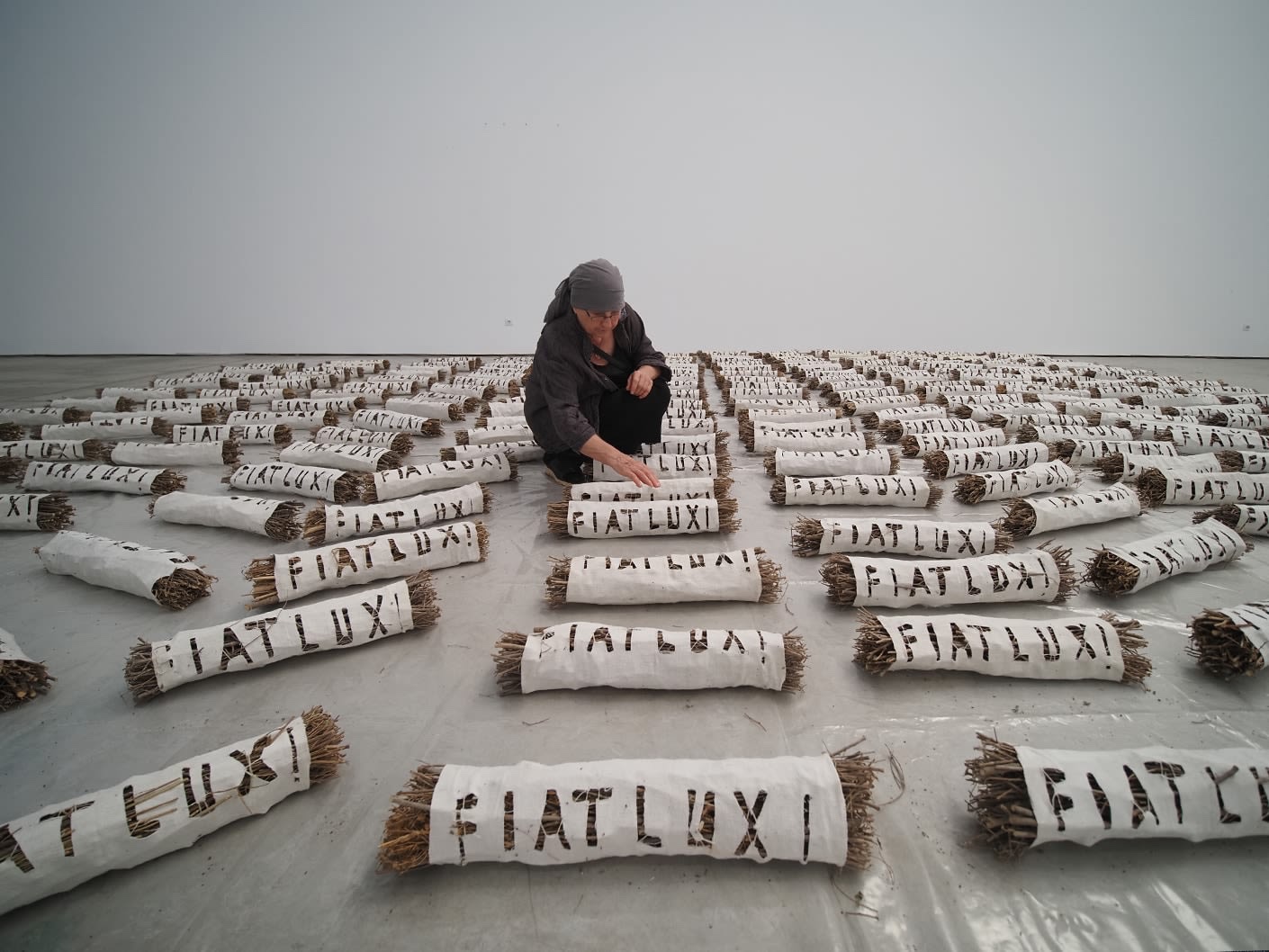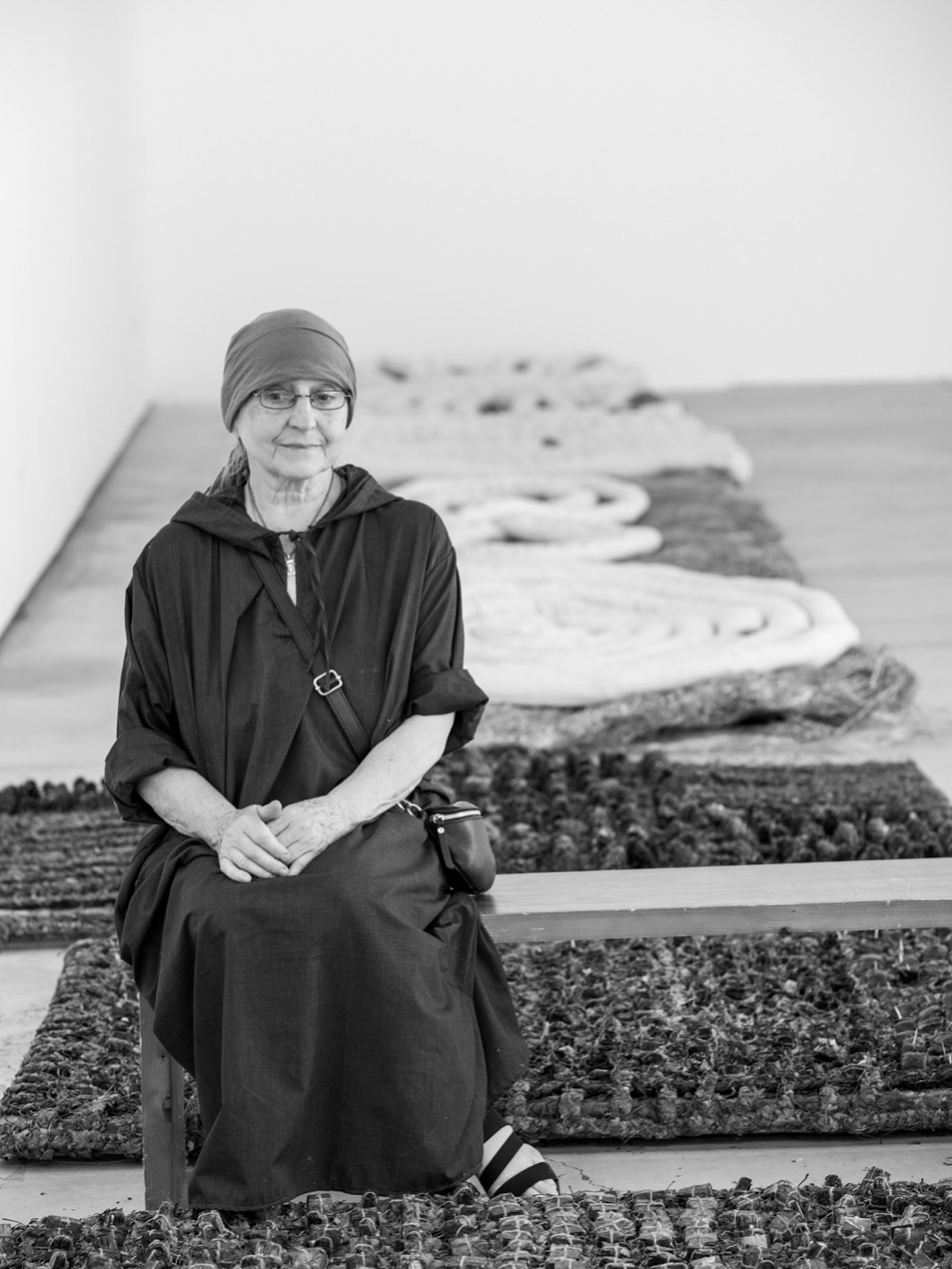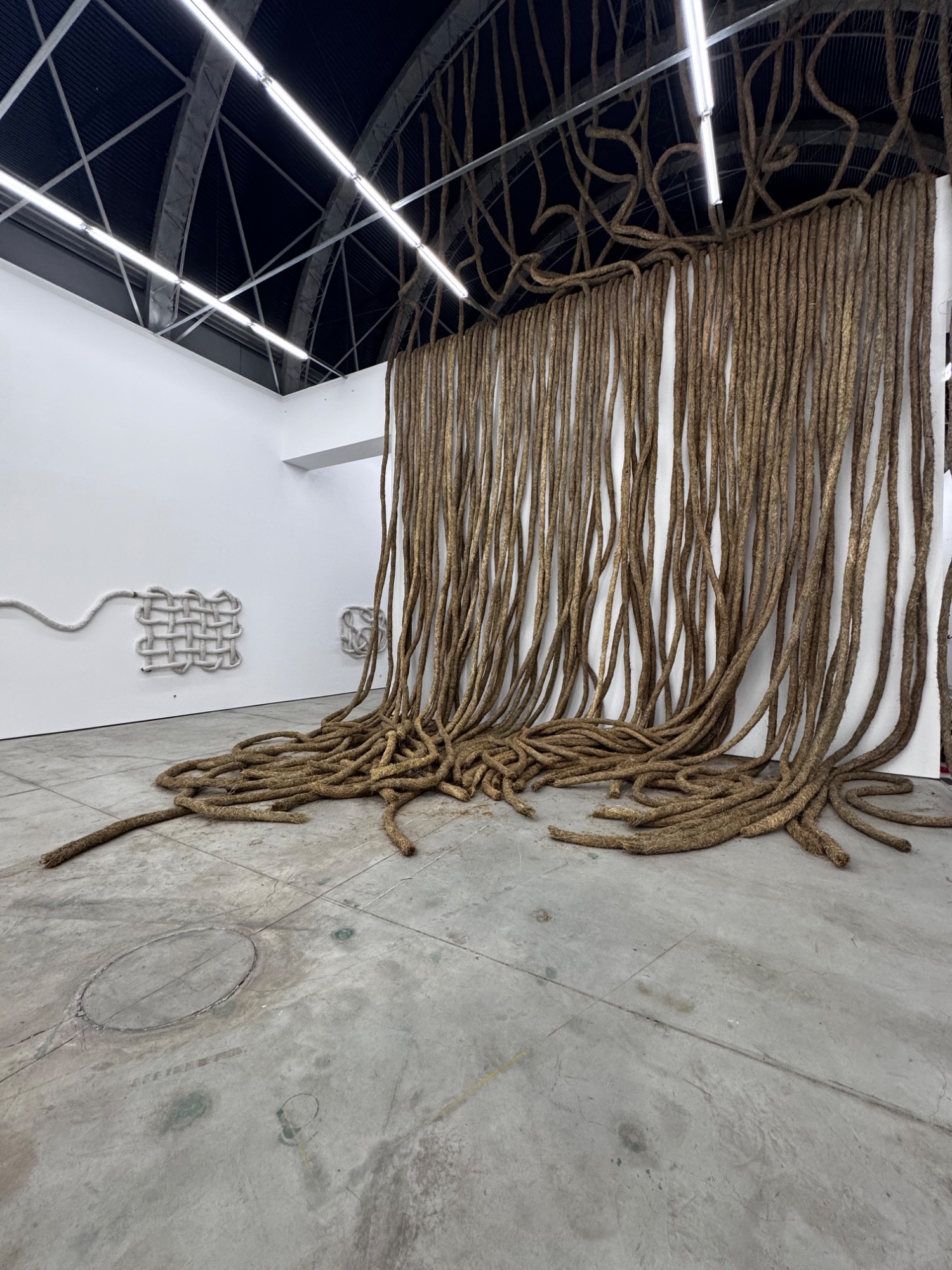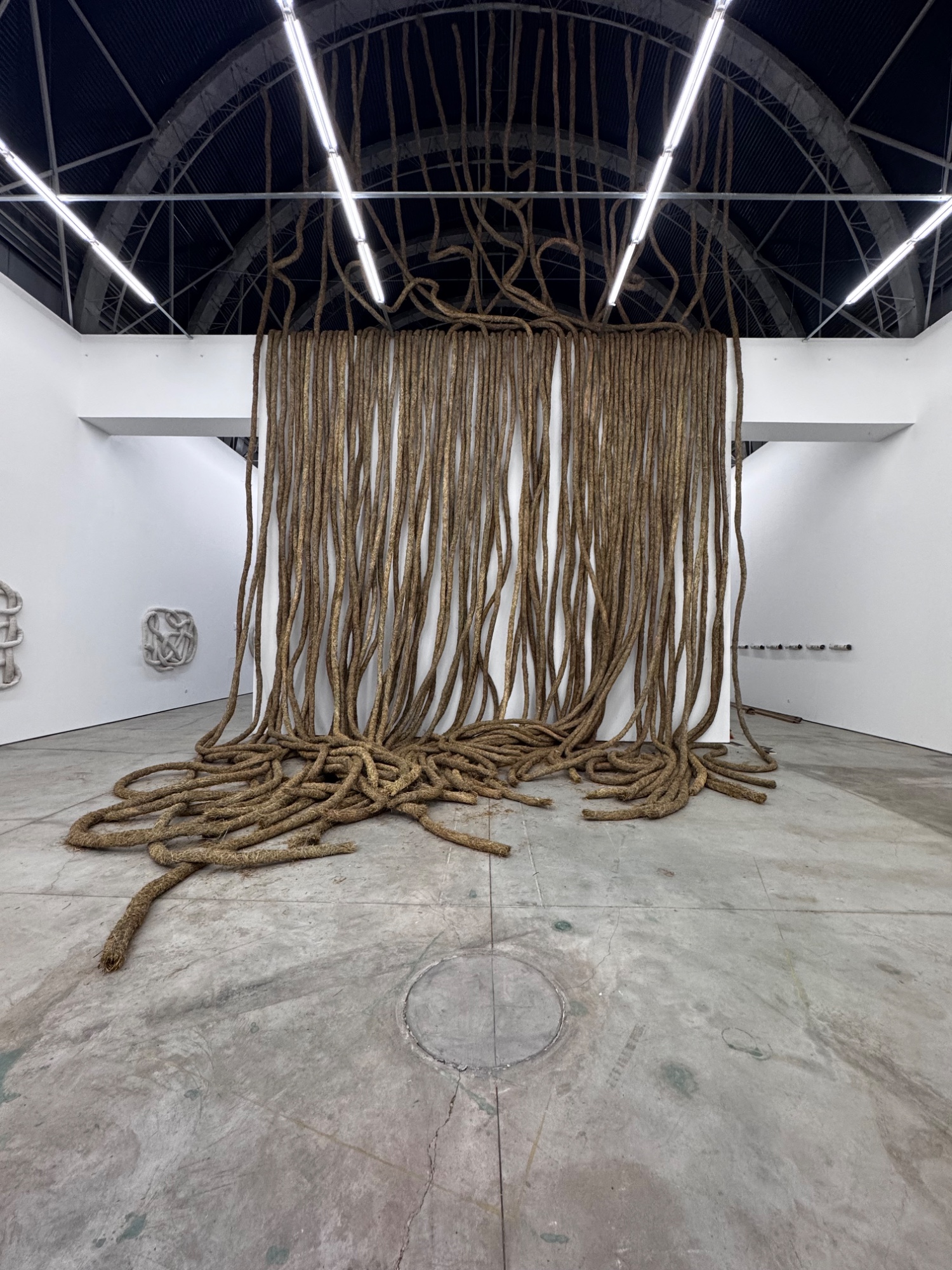Tell us about Nicodim.
Mihai Nicodim opened his first contemporary art gallery in 2006 in Los Angeles with a focus on exposing emerging American, African, Asian, and European artists to an international audience. Nicodim opened a Bucharest gallery in 2014 and expanded to an additional location in New York in 2021. The gallery was the first to show Adrian Ghenie (Romania), Ciprian Muresan (Romania), Serban Savu (Romania), Simphiwe Ndzube (South Africa), Katherina Olschbaur (Austria), and Moffat Takadiwa (Zimbabwe) in major solo exhibitions stateside, placing their works in important private and public collections, and helping their careers blossom into global prominence. Other notable artists who have shown with Nicodim early in their careers include Isabelle Albuquerque, Michiel Ceulers, Dominique Fung, Devin B. Johnson, Kris Lemsalu, Larry Madrigal, Oscar Murillo, Eddie Peake, Mosie Romney, Max Hooper Schneider, Jorge Peris, Anna Uddenberg, Ambera Wellmann, Hugo Wilson, and Zhou Yilun. The gallery maintains relationships with prominent institutions and has placed works by the gallery’s artists in the collections of Denver Art Museum, the Hammer Museum in Los Angeles, Institute of Contemporary Art in Miami, Los Angeles County Museum of Art, Museum of Contemporary Art, Los Angeles, the Studio Museum in Harlem, Centre Pompidiou, Rubell Museum, SFMOMA, the Yuz Museum, Pond Society, the Marval Collection, amongst others.
What do you have upcoming?
Against the backdrop of humanitarian crises, ecological unraveling, and the estrangements of technological speed, resilience emerges as a pressing and unsettled question: how do we reorganize and endure? In moments of rupture, patterns of shared memory and symbolic structures resurface, offering frameworks through which both self and community may find orientation. Refacerea, Victoria Zidaru’s first solo exhibition with Nicodim Gallery, in collaboration with Suprainfinit Gallery, draws on this symbolic continuum. Resonant with Indigenous cosmologies, Eastern spirituality, and Christian mysticism, the work engages archetypes of healing not as metaphors but as active forces. Herbs cleanse and recalibrate; handwoven cloth embodies continuity, linking past traditions with present practice; inscribed words establish rhythm and attention. For over four decades, Romanian artist Victoria Zidaru has transformed natural materials into living structures of ritual and resilience. Towering columns of hay rise as conduits of energy, herbs release delicate scents, and cloth and text interlace matter and spirit. Her installation unfolds as a shared organism, at once fragile and enduring. Collaboration is central to the exhibition: the woven elements were created with the women of Liteni, while commissioned works by Tudor Cucu (film) and Călin Topa (sound installation) are integrated as essential components. The participatory project Donate a Word invites the public to contribute words that become part of the installation itself. Rather than offering resolutions, Zidaru leaves us with a provocation: if resilience is not merely survival, but inseparable from the consolations of the spirit, where can it be cultivated within the fractures of contemporary life? *text by Adina Drinceanu Victoria Zidaru (b. 1956, Liteni, Romania) is a Romanian artist renowned for her immersive installations and multisensory approach to contemporary art. Her practice encompasses installations, performances, and collaborations with choreographers, musicians, and filmmakers, often engaging vulnerable communities. Over four decades, she has developed a distinctive visual language that integrates plants, weaving techniques, scents, inscribed words, and ritualistic practices to explore the symbolic dialogue between the individual, nature, and community. In 2016, she co-founded Ferma de Arte in Liteni, an art hub connecting art, nature, and community, informed by her earlier experience in a religious community (1987–2006). Recent projects include Refacerea (2025–2026) at Nicodim Gallery, Bucharest; Victoria Zilei (2024–2025) at MARE Museum, Bucharest; Lingua Ignota (2024) at the Istituto della Pietà and Archivi della Misericordia, Venice; Ziua Întâi(2023–2024) at the National Museum of Contemporary Art, Bucharest; Felix Anima (2022) at Palazzo Ca’ Da Mosto, Venice; and Hortus Deliciarum 3 (2019) at the Romanian Cultural Institute, Venice. Her work has been presented in numerous solo and group exhibitions across Romania, Italy, and Europe, including Venice, Vienna, Timișoara, and Seoul.



